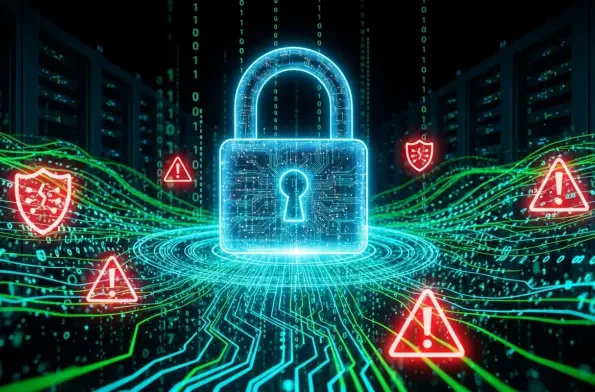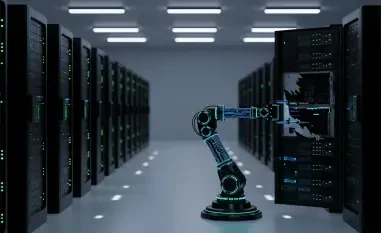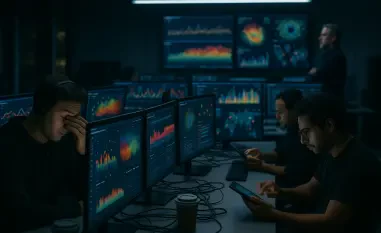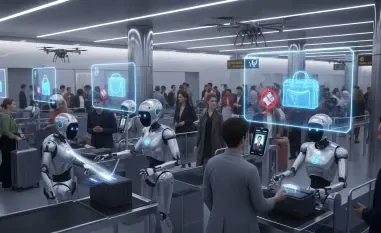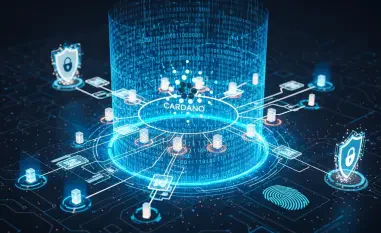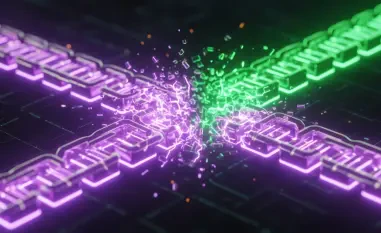Imagine a digital backdoor so easily accessible that even novice hackers can exploit it to infiltrate critical business systems, potentially bringing entire operations to a halt. This scenario is no longer hypothetical with the emergence of a severe vulnerability in SAP NetWeaver AS Java Visual Composer, identified as CVE-2025-31324. Patched earlier this year, this flaw allows unauthenticated remote code execution through a specific endpoint, posing an unprecedented risk to unpatched systems. The public release of exploit code has only intensified the threat, making it a pressing concern for organizations worldwide. This roundup gathers diverse opinions, actionable tips, and urgent warnings from cybersecurity experts to shed light on the severity of this issue and guide businesses in safeguarding their infrastructure.
Unpacking the Threat Landscape of CVE-2025-31324
Severity and Widespread Concern Among Experts
Cybersecurity professionals across the industry have sounded the alarm on the critical nature of CVE-2025-31324, emphasizing its potential for catastrophic damage. The flaw, which targets the metadata uploader endpoint, has been assigned a CVSS score of 10.0 by SAP’s CNA and 9.8 by the National Vulnerability Database, signaling its status as a top-tier threat. Many in the field have noted that the ease of exploitation, amplified by publicly available source code, creates a dangerous situation for organizations that delay updates.
Differing perspectives emerge on how quickly companies are responding to this vulnerability. Some industry voices argue that larger enterprises with dedicated security teams are more likely to prioritize patching, while smaller firms often lack the resources to act swiftly. This disparity in response times heightens the risk of widespread exploitation, particularly as malicious actors target less prepared entities.
A recurring theme in expert discussions is the role of automation in escalating the danger. With tools like AI assisting in exploit development, the barrier to entry for attackers has significantly lowered. This convergence of simplicity and accessibility has prompted urgent calls for organizations to reassess their security posture and address this flaw without delay.
Active Exploitation and Real-World Implications
Reports of active attacks exploiting CVE-2025-31324 have added a layer of urgency to the conversation, with confirmation from authoritative bodies like the US Cybersecurity & Infrastructure Security Agency (CISA) through its inclusion in the Known Exploited Vulnerabilities catalog. Cybersecurity specialists highlight that this is not merely a theoretical risk but a live issue impacting systems globally. The real-world consequences are evident as unpatched environments face unauthorized access and potential data breaches.
Some experts point out the compounding effect when this vulnerability is chained with other flaws, such as CVE-2025-42999, which involves insecure deserialization. This combination can create intricate attack paths, allowing malicious actors to penetrate deeper into networks. Such scenarios underscore the need for comprehensive security measures beyond singular fixes.
Another angle discussed is the varying impact across industries, with sectors relying heavily on SAP NetWeaver for critical operations facing heightened exposure. Professionals in the field stress that the cascading damage from a single breach could disrupt supply chains, financial systems, or other essential services, urging immediate attention to mitigation strategies.
Diverse Views on Exploit Accessibility and Systemic Risks
The Democratization of Cyber Threats
A significant point of discussion among industry leaders is the growing trend of exploit democratization, where public code releases and AI-driven tools enable a broader range of attackers to weaponize vulnerabilities like CVE-2025-31324. Many agree that this shift has transformed the threat landscape, making it no longer the exclusive domain of highly skilled hackers. Instead, even those with minimal expertise can launch sophisticated attacks.
Contrasting opinions surface on the long-term implications of this accessibility. While some experts believe that it will force organizations to adopt faster patching cycles, others caution that the sheer volume of potential attackers could overwhelm current defense mechanisms. This debate highlights a critical need for proactive education and resource allocation to combat emerging risks.
An additional perspective focuses on regional differences in response capabilities. Observations suggest that organizations in areas with stringent cybersecurity regulations may be better equipped to handle such threats, while others lag due to inconsistent standards or limited awareness. This uneven preparedness adds complexity to the global fight against such vulnerabilities.
Implications for Critical Infrastructure
The strategic importance of SAP NetWeaver as a platform for essential services is a focal point in expert analyses, with many warning that CVE-2025-31324 could serve as a gateway to broader system access. The consensus is that a successful exploit might allow attackers to escalate privileges or move laterally within networks, posing a severe threat to operational integrity.
Divergent views exist on the scale of potential fallout compared to past SAP-related incidents. Some professionals draw parallels to previous high-profile exploits, suggesting that the current flaw could have a similar or greater impact if not addressed. Others argue that the unique combination of public exploit code and active attacks sets this issue apart, necessitating a more aggressive response.
A broader concern raised is the cultural shift needed within enterprises to prioritize cybersecurity. Experts emphasize that treating vulnerabilities as secondary concerns can no longer be an option, especially for platforms integral to business functions. This perspective calls for a fundamental change in how organizations approach risk management and resource investment.
Actionable Mitigation Strategies from the Field
Consensus on Immediate Steps
Across the board, cybersecurity specialists advocate for swift action to mitigate the risks associated with CVE-2025-31324, given its active exploitation and high severity ratings. Recommendations include applying specific SAP Security Notes, such as 3594142 and 3604119, to all Java instances to close the vulnerability. Restricting access to the affected endpoint is also widely advised as a critical stopgap measure.
Additional insights focus on the importance of monitoring and response protocols. Many in the industry suggest regularly checking HTTP logs and leveraging SIEM alerts to detect signs of compromise early. If a breach occurs, isolating affected systems and rotating credentials are seen as essential steps to limit damage and prevent further intrusion.
A slightly different angle comes from those who emphasize long-term strategies alongside immediate fixes. Building a robust patch management framework and investing in proactive threat detection are highlighted as ways to prepare for similar issues in the future. This holistic approach aims to strengthen overall resilience against evolving cyber threats.
Varied Opinions on Organizational Preparedness
Discussions also reveal a spectrum of views on how prepared organizations are to tackle such vulnerabilities. Some experts believe that companies with mature security programs are already taking decisive action, while others express concern over widespread complacency or underestimation of the threat. This divide underscores the need for tailored guidance based on organizational maturity.
Another perspective centers on the role of external support in addressing gaps. Certain voices in the field recommend partnering with cybersecurity vendors or consultants to expedite remediation, especially for firms lacking in-house expertise. This collaborative approach is seen as a practical solution to bridge resource constraints.
Finally, there is agreement on the value of fostering a security-first mindset at all levels of an organization. Beyond technical fixes, cultivating awareness and accountability among staff is viewed as a crucial element in preventing the exploitation of flaws like CVE-2025-31324. This cultural emphasis complements tactical measures for a more comprehensive defense.
Reflecting on the Collective Wisdom
Looking back on the insights gathered, it is evident that the cybersecurity community stands united in recognizing the grave threat posed by CVE-2025-31324 in SAP NetWeaver AS Java Visual Composer. The active exploitation, high severity scores, and ease of attack due to public exploit code are consistent concerns that echo through every expert opinion. Diverse perspectives on organizational readiness and the democratization of threats paint a complex but urgent picture of the current landscape.
As a path forward, businesses are encouraged to not only apply immediate patches and restrict vulnerable endpoints but also to invest in sustained security practices like regular monitoring and staff training. Exploring industry reports and staying updated on CISA advisories can provide further clarity on evolving risks. By acting decisively and building robust defenses now, organizations can mitigate the fallout from this critical flaw and fortify themselves against the next wave of cyber challenges.
